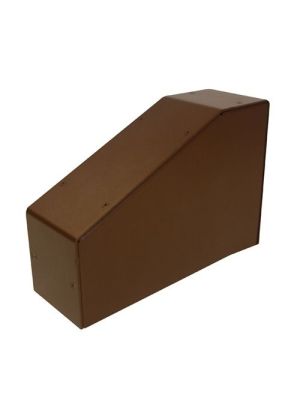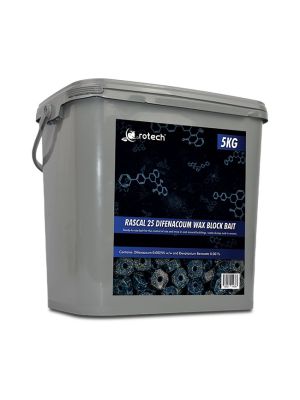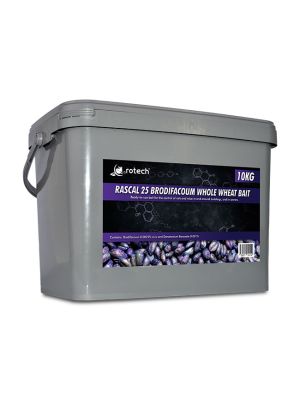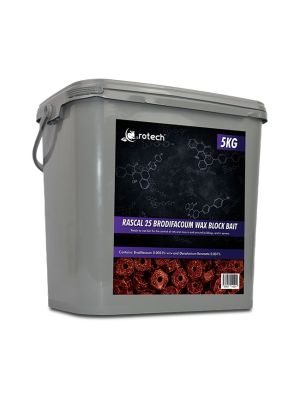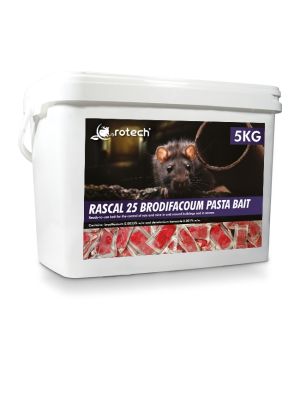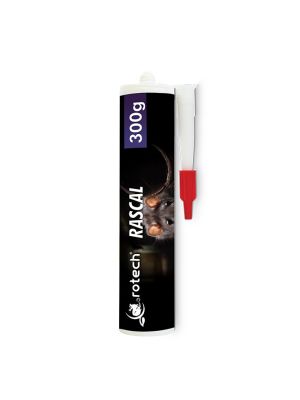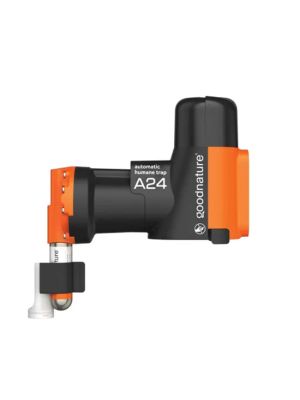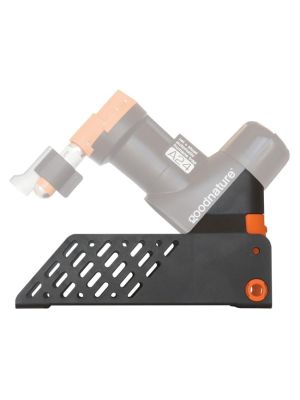Goodnature A18 Trap For Squirrels
The Goodnature A18 Squirrel Trap is the future of grey squirrel control.
- Goodnature Squirrel Tap is a highly effective, CO2 powered, multi-kill, self-re-setting trap for squirrels.
- The automatic grey squirrel trap is ideal for roof spaces, woodlands, industrial sites and farms.
- Easy to install and maintain, the trap will reset 24 times per CO2 canister once installed.
- CO2 canister replacements are available online at 1env.
- A metal cover for the A18 is available to help conceal the trap in open areas.
FOR USE AGAINST SQUIRRELS ONLY
The A18 trap for squirrels is an innovative product to the squirrel control market. Its self-resetting chamber can dispatch a total of 24 grey squirrels one after the other. The Grey Squirrel activates the trigger placed at the back of the tunnel when it enters the trap tunnel to reach the food source. This trigger sets off the trap, which quickly dispatches the squirrel in a humane and efficient manner.
Grey squirrels can cause tons of damage in homes, lofts and attics, by chewing cables, causing fires and being a general pest. Using the A18 Grey Squirrel Trap by Goodnature can help remove the problem and support much of the UK's wildlife.
The Goodnature A18 Trap includes:
- Goodnature A18 Squirrel Trap
- Gas Canisters (x2)
- Back Plate (x1)
- Digital Strike Counter
Looking for replacement CO2 cartridges? Buy them here online at 1env.
PLEASE NOTE – TRAP DAMAGE CAN OCCUR THROUGH SQUIRRELS CHEWING THE TOP OF THE DEVICE. IT IS STRONGLY RECOMMENDED THAT A TRAP GUARD IS USED TO PROTECT THE TRAP.
The A18 Back Plate is easily fitted behind the Mounting Bracket, offering excellent protection to non-target species; whilst still enabling the trap to perform efficiently and humanely.
How to use the Goodnature A18 Squirrel Trap
Grey Squirrels have a varied diet; they will use the tree canopy to travel to feeding areas as this is far safer than traveling across the ground. With this in mind, field-craft is the key to any trapping campaign. If a trap is mechanically sound, it is up to the operator to ensure success. Below, we have summarised a walk-through on how to get the most from your Goodnature A18 grey squirrel trap.
Where should the trap be placed?
Placement will depend on your setting: an urban garden, young compartment, or established woodland. Squirrels will use trees to move through areas, then climb down them to forage and feed.
A good starting point is a mature tree with an interconnected canopy that allows them to access it from other trees, fences, or structures. Often, a squirrel will feel trapped if chased up a tree, which has no means of escape. In addition, squirrels will generally avoid undergrowth for fear of predation, so the base of the chosen tree should be clear and the vegetation short.
Garden Positioning
When installing the trap in a garden setting, aim to put the A18 on a tree you have seen squirrels on and you know they use regularly. Should you not have a tree, they can be placed on a fence post or other suitable structure such as a garden shed. It is essential that if placed on a fence, it is positioned so that they have to climb down at least 12 inches to access it. If the trap is set so the top of the A18 is in line with the top of the fence, it may well get chewed, as they can sit on the fence comfortably and engage with the trap from above. Consider fixing a piece of wood that sticks up above the top of the fence where squirrels often run; this means they will run underneath the trap entrance and are more likely to engage with the trap from the correct angle.
Woodland - Young Vulnerable Compartments
One of the main reasons we manage squirrel populations is for the protection of native broad-leaf woodland. Young trees such as Hornbeam, Oak, Beech, etc., are especially vulnerable to bark stripping and crown damage during their first 25 years of growth. Therefore, squirrel populations need to be managed to mitigate damage where possible. For example, if we consider a young compartment block as a loft in a house. The loft does not have a rat problem, but we fear one may be likely. While we do not want an infestation in the attic, we should not put baited traps there; otherwise, we actively pull rodents into this space. The same applies to a young woodland compartment.
Squirrels will not be living in the young trees; they will only venture in to feed; in these conditions, it is far better to trap them on the outskirts before entering the young woodland. Choose mature trees that are close to the vulnerable compartment. Often trees on rides are productive; they have a clear under storey, squirrels can bury food items and forage.
Woodland - Mature Woodland
When trapping in established, mixed broadleaf woodland, I suggest starting in problem areas and trapping at a density of 2-3 traps per site. This method helps to mitigate incorrect placement and ensure you can engage with the traps easily and more efficiently. Moving forward, one trap per hectare is the standard approach, much like live cage trapping.
Should the campaign be escalated to landscape scale, it’s conceivable that a low impact management plan can be delivered at a density of 1 trap per 3-5 hectares. As with all grey squirrel management, I believe we have a wealth of experience, old and new, that we should draw on to best manage the threat that grey squirrels pose. With this in mind, all legal traps, shooting and more holistic approaches should also be considered, as part of an integrated management plan.
* A24 Trap Stand and Lure Not Included
WARNING - Trap remains live after the CO² canister is removed.




